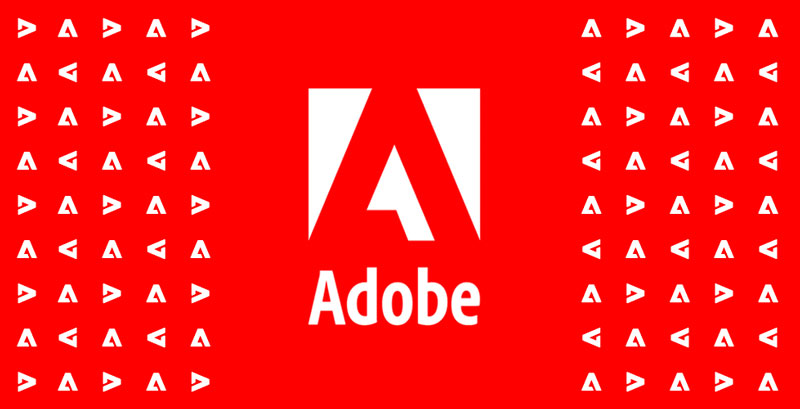
Adobe: U.S. Consumers Spent $1.7 Trillion Online During the Pandemic, Rapidly Expanding the Digital Economy
Published By Adobe [English], Tue, Mar 15, 2022 6:00 AM
At Adobe Summit, Adobe (Nasdaq:ADBE) today released new U.S. e-commerce data looking at how two years of COVID-19 reshaped the digital economy and its impact on the future.
After two years of the pandemic (March 2020 through February 2022), U.S. consumers spent $1.7 trillion online, $609 billion more than the two preceding years. Demand remained strong in 2021 with $885 billion in online spend, up 8.9% year-over-year (YoY). As the digital economy shifts to more personalized customer experiences, Adobe expects the annual online spend in the U.S. to surpass $1 trillion for the first time in 2022. And as the digital economy expands, new Adobe data reveals trends and new consumer shopping behaviors:
Of the $1.7 trillion spent by consumers, $32 billion was driven by higher prices. In other words, consumers paid $32 billion more for the same amount of goods. Online inflation, first observed in June 2020, has persisted for 21 consecutive months. The impact was most notable in 2021, where $22 billion of e-commerce growth was driven by higher prices compared to just $4.7 billion in 2020.
In the first two months of 2022, $3.8 billion in e-commerce growth was driven by higher prices. Inflation has not deterred demand, however, with the same two months driving $138 billion in online spend, up 13.8% YoY. In 2022, Adobe expects consumers could pay as much as $27 billion more online for the same amount of goods due to inflation.
In 2021, 41.8% of e-commerce overall was driven by just three categories: groceries, electronics and apparel. The pandemic has impacted the trajectory of each one:
“E-commerce is being reshaped by grocery shopping, a category with minimal discounting compared to legacy categories like electronics and apparel,” said Patrick Brown, vice president of growth marketing and insights, Adobe. “It highlights a shift in the digital economy, where speed and convenience are becoming just as important as cost savings.”
Methodology
The Adobe Digital Economy Index offers the most comprehensive set of insights of its kind, based on analysis through Adobe Analytics that covers over one trillion visits to U.S. retail sites and over 100 million SKUs in 18 product categories—more than any other technology company or research organization. Online inflation insights, from the Adobe Digital Price Index, is modeled after the Consumer Price Index (CPI), published by the U.S. Bureau of Labor Statistics, and uses the Fisher Price Index to track online prices. The Fisher Price Index uses quantities of matched products purchased in the current period (month) and a previous period (previous month) to calculate the price changes by category.
Adobe’s analysis is weighted by the real quantities of the products purchased in the two adjacent months. Adobe uses a combination of Adobe Sensei, Adobe’s AI and machine learning framework, and manual effort to segment the products into the categories defined by the CPI manual. The methodology was first developed alongside renowned economists Austan Goolsbee and Pete Klenow.
About Adobe
Adobe is changing the world through digital experiences. For more information, visit www.adobe.com.
© 2022 Adobe. All rights reserved. Adobe and the Adobe logo are either registered trademarks or trademarks of Adobe in the United States and/or other countries. All other trademarks are the property of their respective owners.
Press release distributed by Media Pigeon on behalf of Adobe, on Mar 15, 2022. For more information subscribe and follow